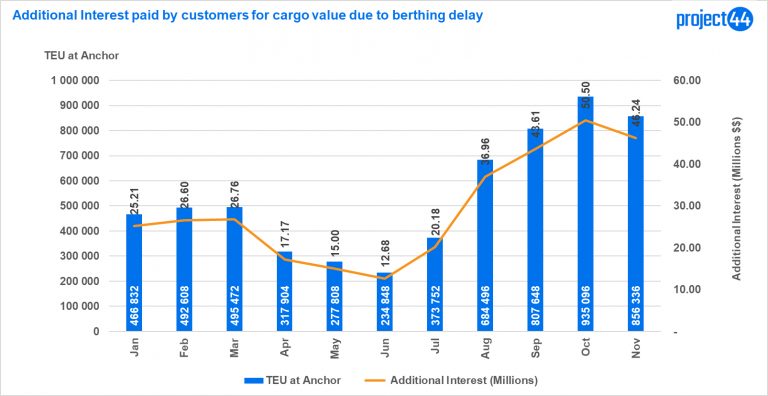Hapag is making a big investment in dry container tracking for its containers. It hopes that knowing where containers are will enable quick turnaround. The sensors also provide data on temperature and environmental conditions if desired, and store the data for a prolonged period. They are solar-powered and can operate and store data for more than 5 years. They communicate via Bluetooth.
The belief is that knowing where the containers are in real-time will save travel time and also reduce pollution. No one really knows if this is feasible, but with real data, Hapag can start to find out what gains can be made from real-time location data.
Some shippers will be pleased as well to know where their cargo is at any time.
It’s an expensive program to equip the containers with this little device. It’s riveted to the door of the container. Hapag has something like 1.6 million containers to fit out.
The device must operate a lot like the HOBO devices used by archeologists and environmental scientists. Those units collect data like temperature and humidity, unattended, for long periods, and have enough storage so they don’t have to be queried and the data unloaded for months. The one I have is queried with a mobile phone app, and can run for six months before the data wraps around. A bit larger battery and a bit more memory and a bit more compression, and you have a proper device for a container.

By Nick Savvides 27/04/2022
Hapag-Lloyd eyes a competitive edge with dry container tracking technology – The Loadstar



